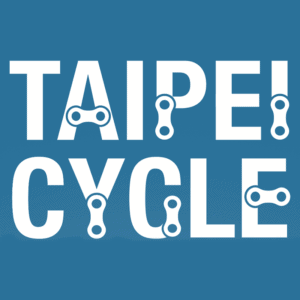The State of Taiwan’s bicycle industry
As the bicycle industry met at Taichung Bike Week, the first edition with full overseas attendance since 2019, the elephant in the room was clearly the overstocking issue. How are large suppliers in Taiwan dealing with the current situation, and how soon will we see business rebound? The Show Daily reached out for comments.
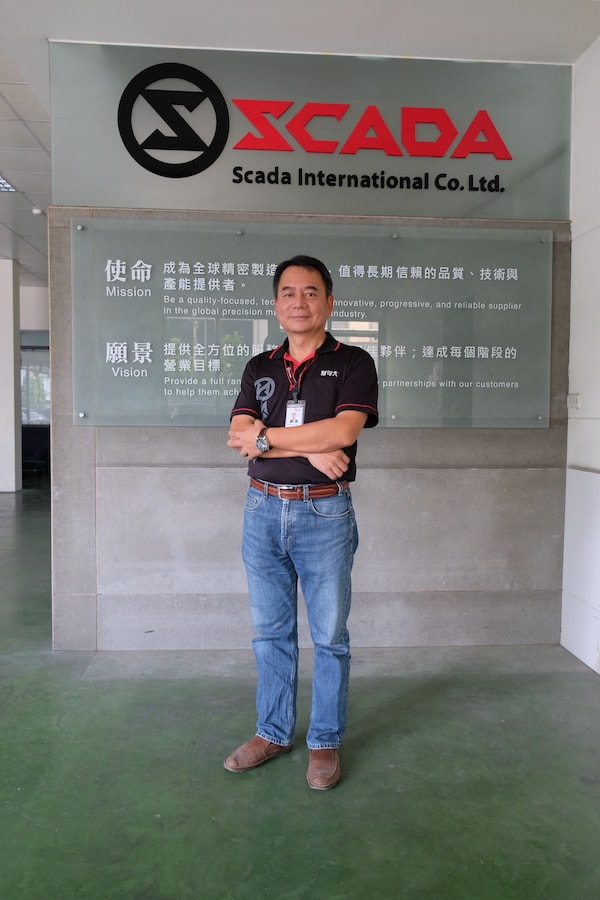
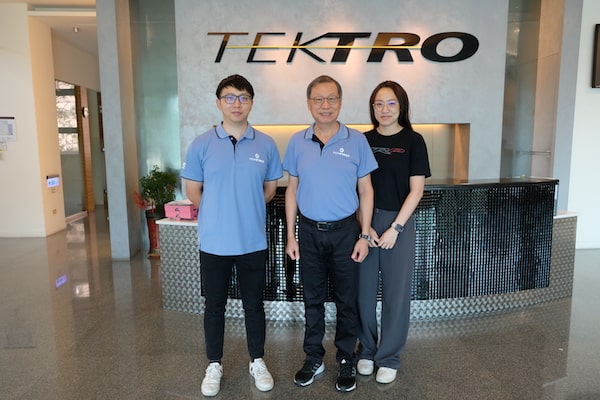
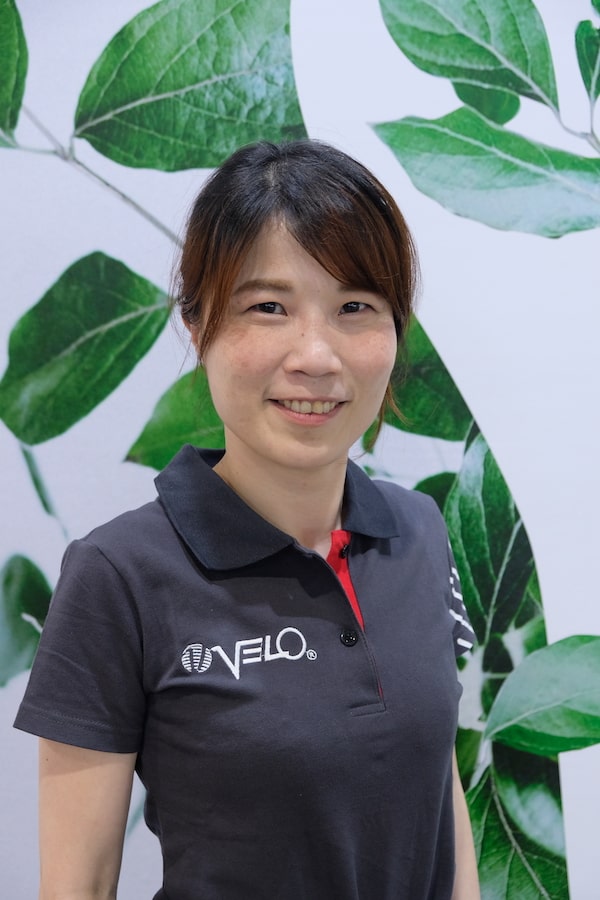


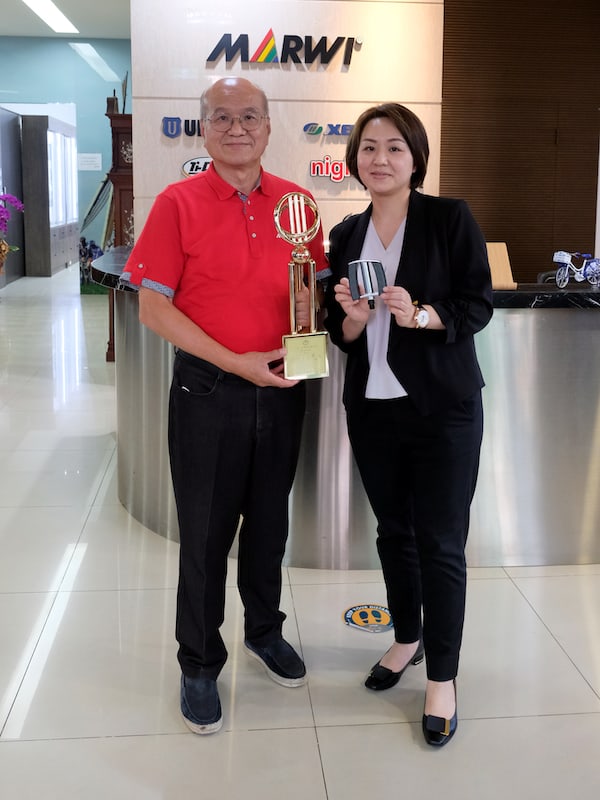
As Taiwan’s export data for the first half of this year show, the numbers are down year on year for Taiwan’s bicycle industry – less so in value than in units or tonnage. Parts and components have seen a stronger drop than complete bicycles, and conventional bicycles have seen stronger losses than e-bike exports. When visiting various factories back in November 2022, the effects of the sudden drop in consumer sentiment and demand in key markets such as Europe and Northern America were already clearly visible. All the more so as this drop followed a phase of insanely high demand and factories maxing out on production capacity. This pandemic-induced boom did not last all that long.
Most factories were running at a fraction of their capacity in late 2022, and in some places the warehouses were filled to the brim, forcing companies to set up tents on their parking lots to store finished goods. When contacted for comments in early 2023 for an article in the Taipei Show Daily, high inventory levels stuffing the supply chain for up to a year were still the main challenge. Russia’s war in Ukraine is ongoing and China is struggling to get its economy back up and running after years of strict zero-covid rules. Due to high energy prices and rising interest rates consumer sentiment remains low in key markets and sales are weaker than expected.
As a consequence selling off the inventory has not seen much progress, despite widely offered discounts that eat away at margins. Since demand is still low, factories keep running at a fraction of their maximum capacities. As Giant Group’s senior global marketing executive Irene Chen explains: “We went from one to two shifts in 2020 to cope with the pandemic-induced high demand. Due to the slump in demand, we decided to go back to one shift in 2022.” Litemove’s managing director Alice Wei also points at this: “Currently the bicycle department of our production is running at about 40 percent of its capacity.” Other companies contacted for this article estimate their factories to run at 20 to 35 percent of their maximum capacity as per August 2023.
Keep in mind that many Taiwanese manufacturers have expanded the capacity of their factories significantly during the phase of high demand, so these percentages would be higher when compared to 2019 capacities. The current situation also allows for on-the-job training of new employees – a thing that is hard to do when a factory runs at its full capacity. But recruiting staff is not exactly a priority at the moment. At least the companies contacted for this article did not have to cut into their regular staff or send employees on unpaid leave. The main reason for this is migrant workers from Southeast Asia: they serve as a buffer and are the first to lose their jobs when business goes flat.
As Scada’s general manager Andrew Huang puts it: “We control staff numbers to comply with market demand.” Another example for this is Tektro, as marketing director Otis Chen explains: “Due to our factory running at low capacity, we have decided not to renew the contracts with some of our foreign workers. Since margins have been suffering, some workers have decided to leave the bicycle industry for sectors with higher pay as well.” There is another way to reduce salary costs however, as Hyena Tek’s Shawn Lin points out: “We did not resort to forced vacations or furloughing employees. However, we have chosen not to immediately fill vacancies in production since the second half of 2022.” Since skilled labor normally is scarce and in high demand in Taiwan, decisions to cut staff are not taken easily.
Saddle and grip maker Velo has opted to make the best of the current slump in demand according the vice president Ann Chen: “We have invested in new machinery during the pandemic, opting for efficient and environmental-friendly solutions. By cutting down some older machinery not needed at the moment, Velo can reduce the eco-footprint of its production.” Investments in automation and advanced data analytics have also paid dividends in the current situation as Marwi’s CEO Coco Pai explains: “Our strategic investments in smart manufacturing and digital transformation have significantly increased the proportion of automated production processes and have allowed us to optimize our production processes and ensure a steady production capacity.”
When asked for an outlook, many executives of Taiwan’s bicycle industry weigh long-term trends favorable for demand against external factors out of the industry’s control. While the most optimistic estimates expect business to return to growth in the first half of 2024, others do not see signs of improvement just yet and therefore expect the current slump to drag on well into 2025. While the range of estimates is pretty large, the statement of Sram’s Senior Communication Manager Michael Zellmann is representative of the general expectation: “We expect to see demand stabilize and eventually an increase over pre-pandemic levels.” Since this year’s Taichung Bike Week is all about the 2025 and 2026 model years, there should be no lack of topics to discuss and business to be made.


